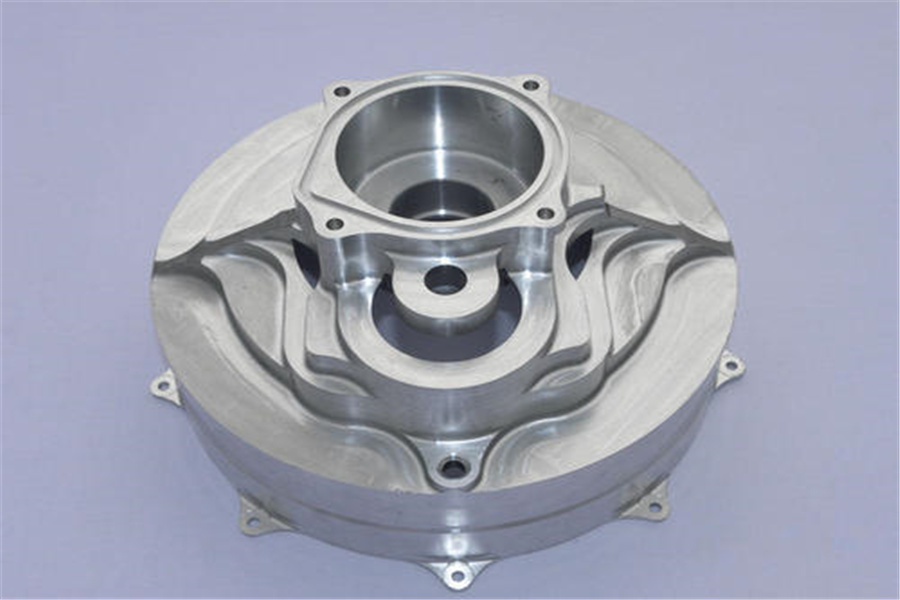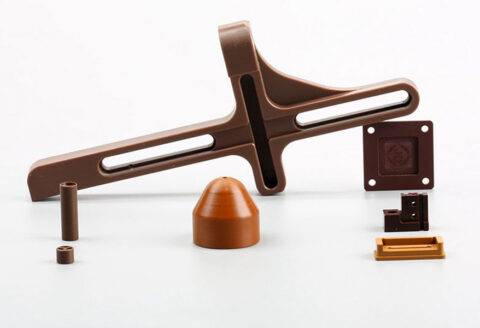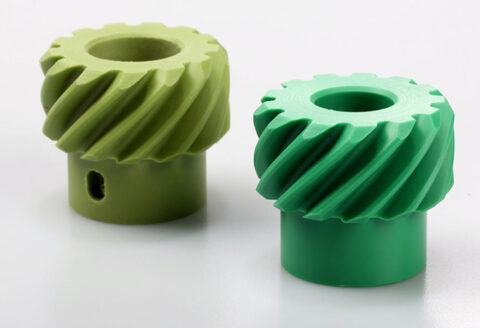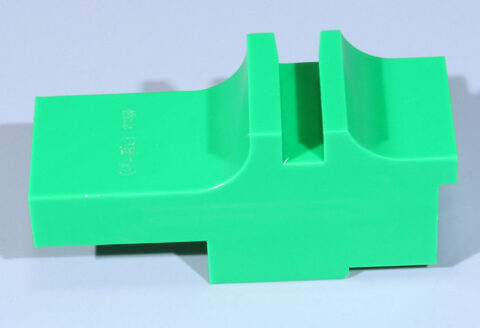In the actual production of milling processing, including CNC machining tool setting, workpiece clamping, tool selection and other application skills, today I briefly summarized the main points of milling processing for everyone, it is worth seeing!
1. Power capacity
Check the power capacity and machine rigidity to ensure that the machine tool can use the required milling cutter diameter.
2. Workpiece stability
Workpiece clamping conditions and considerations.
3. Overhang
Make the tool overhang on the spindle as short as possible during processing.
4. Choose the right milling cutter pitch
Use the correct tooth pitch of the milling cutter suitable for the process to ensure that there are not too many blades involved in the laser cutting china, otherwise it will cause vibration.
5. Cutter
For narrow workpieces or when milling with gaps, ensure that there are enough blades to take the knife.
6. Blade geometry selection
Use positive rake angle indexable inserts as much as possible to ensure smooth cutting action and lowest power consumption.
7. Use the correct feed
By using the recommended maximum chip thickness, ensure the correct feed of the insert used to achieve the correct cutting action.
8. Cutting direction
Use down milling as much as possible.
9. Part considerations
Workpiece material and configuration, as well as the quality requirements of the surface to be processed.
10. Blade material selection
Select the geometry and material according to the type of medical machining and the type of application.
11. Damping milling cutter
For longer overhangs that are more than 4 times the tool diameter, the vibration tendency becomes more obvious, and the use of vibration-damping tools can significantly increase productivity.
12. Entering angle
Choose the most suitable entering angle.
13. Milling cutter diameter
Choose the correct diameter according to the width of the workpiece.
14. Milling cutter position
Position the cnc milling china correctly.
15. Milling cutter cut in and cut out
It can be seen that through arc cutting, the chip thickness when retracting is always zero, so that higher feed and longer tool life can be achieved.
16. Coolant
Use coolant only when deemed necessary. Generally, milling can be performed better when no coolant is used.



